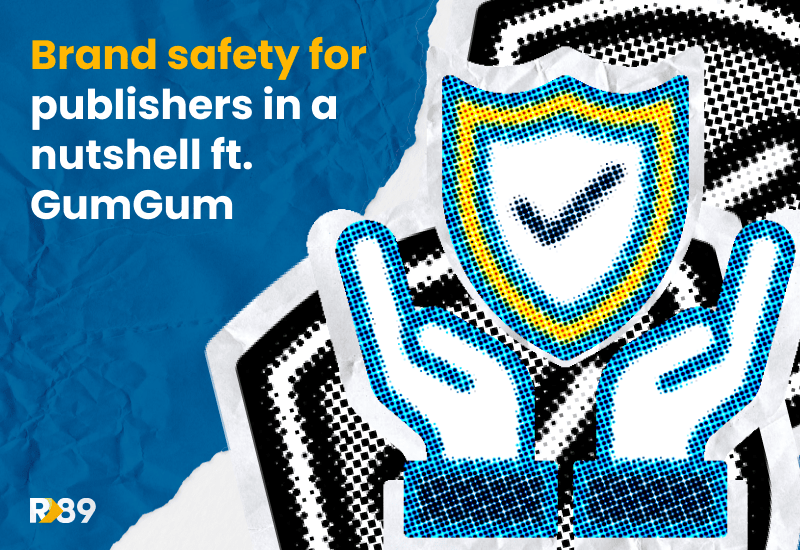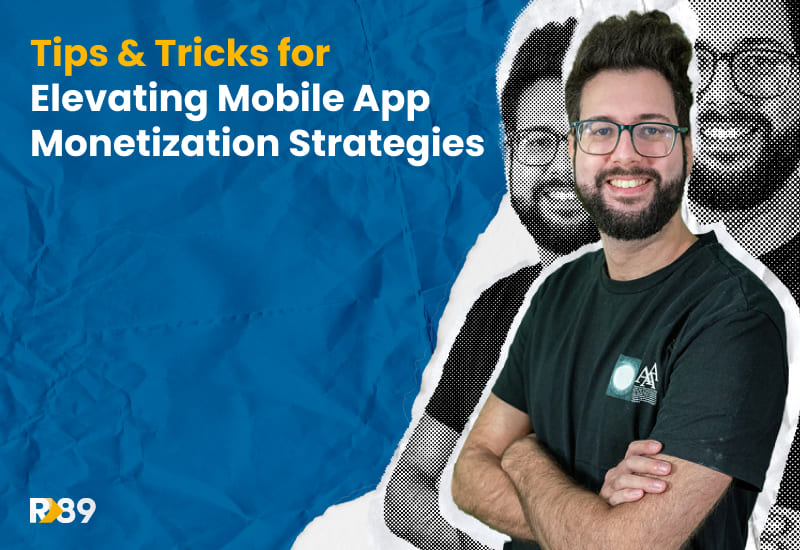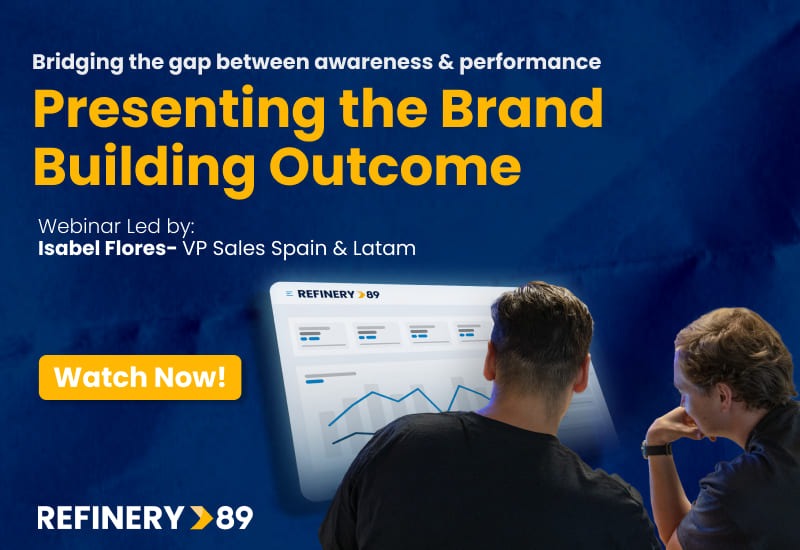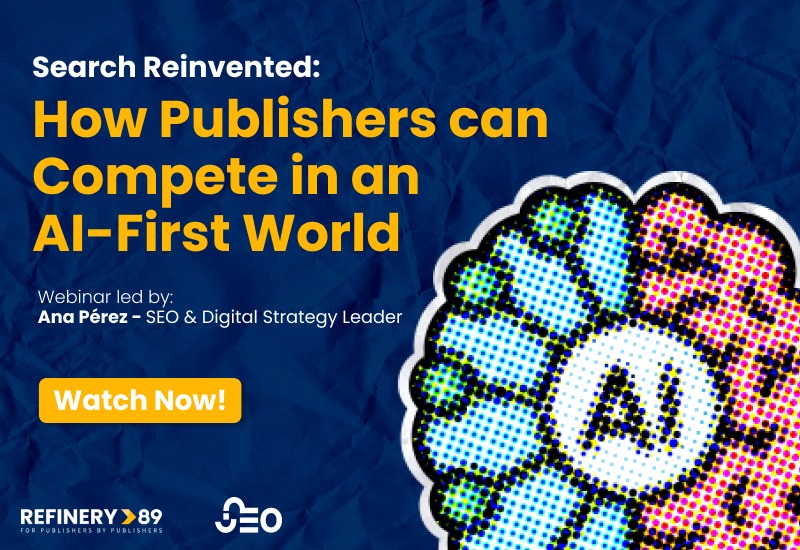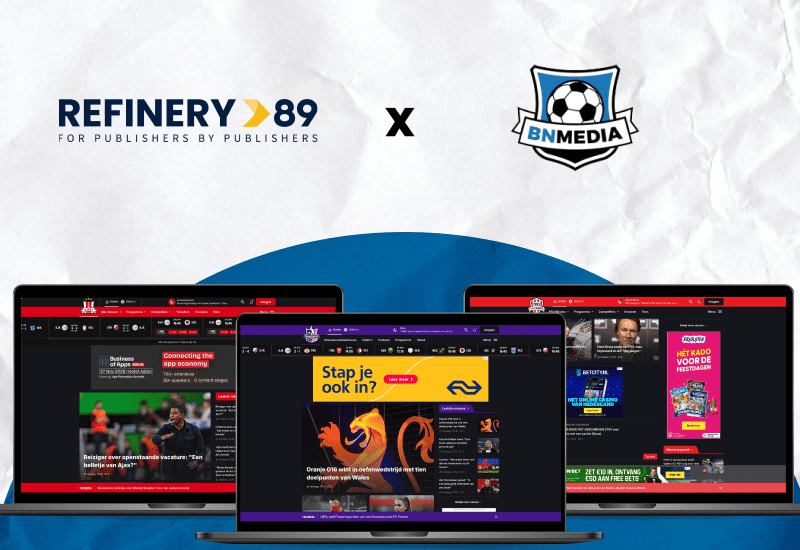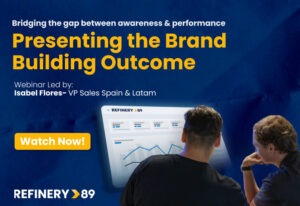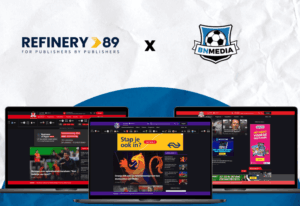Editor’s note: This article was co-written by Refinery89 and Monika Smetkowska from GumGum.
Anyone in this industry knows about the blood, sweat, and tears that are put into creating impactful brands people love. It shouldn’t come as a surprise when brands snap into mama-bear mode, taking the needed measures to protect the image they work so hard to build. This is where brand safety steps into the spotlight.
For a publisher, brand safety serves as an open door to more revenue opportunities since it enables you to catch the eyes of more advertisers ready to display high-quality ads on your site (all while protecting your own brand reputation in the process).
Today, we’ve partnered up with our good friends at GumGum, the technology leaders in all things contextual advertising, to help us guide you through the importance of brand safety in the modern ways of programmatic advertising.
Without further ado, let’s jump right into it!
What is brand safety?
Brand safety is a series of measures that publishers and advertisers adopt to maintain an A+ reputation in the eyes of the world. These practices serve to protect themselves from being associated with content that puts at risk all the hard work they’ve done to build their brand’s image. By taking brand safety to heart, brands can dodge content that is deemed inappropriate for digital advertising, and publishers can avoid displaying ads that are not suited for their sites or for monetization purposes.
Picture this scenario: If a website features an article that spreads hate speech or includes obscene photos, it is unlikely that an advertiser would want their ad displayed next to this content for fear of being associated with this topic. As a publisher in this case, you’d want to have appropriate and trustworthy content on your website to charm advertisers ready to spend their precious budgets.
Why is brand safety important for publishers?
Brand safety is important for publishers because practicing these measures will help prevent your content and brand image from being associated with harmful topics while helping you remain competitive by not missing out on any ad revenue.
In recent years, brands have been moving heaven and earth more than ever to build strong identities, and for that, they tend to be very particular about how they are perceived. Experiencing brand safety issues can result in a decrease in sales for advertisers and a loss of their clients’ trust, so they must be selective about where their ads are placed.
In the olden times of programmatic advertising, brands would block entire sites that they deemed inappropriate for displaying their ads, and even the ones they approved didn’t have a guarantee that they would always publish brand-safe content.
Nowadays, ads are matched to your content through advanced contextual intelligence. It’s not just about safety—it’s about alignment. Good content that is contextually relevant and safe will be more attractive to advertisers. Advertisers do not want their messages to appear next to harmful content that could affect their reputation, and publishers don’t want sketchy ads on their websites that could also affect their own image. To achieve this, you’ll have to tailor your content to make it suitable for premium advertisers while commanding high prices for your ad space.
How does brand safety benefit publishers?
Brand safety practices benefit you as a publisher by helping you build trust with your users and partners, protecting your reputation, and driving better results for your site. If your content is not brand safe, you could miss opportunities to generate more ad revenue. Not having a brand-safe site could enable advertisers to turn away from your content, which can result in lower earnings for you.
Brand safety best practices that’ll open new doors for publishers
Keep up with evolving industry standards, then go beyond them
The International Advertising Bureau (IAB), the trend-setter of industry standards, has established a set of brand safety standards to categorize which types of content are deemed safe or unsafe for digital advertising. But in today’s environment, static standards alone aren’t enough. Going beyond these with tools that analyze tone, context, and sentiment is key to precision.
Create content with safety and suitability in mind
Make sure that your content does not include topics that advertisers may want to avoid, like those categories in the Global Alliance for Responsible Media (GARM)’s Brand Safety Floor Framework, such as hate speech, military conflict, explicit sexual content and crime. And remember, not all sensitive content is the same: some brands may welcome nuanced discussions, while others require tighter control, so having technology that understands these differences is essential.
Use keyword blocking carefully–and complement it with smarter tools
Prevent harmful ads from appearing on your website by identifying the content you don’t want to be associated with. But keyword blocking alone can lead to overblocking and missed opportunities. Combining it with content-level analysis tools that understand full-page context is the smarter move.
Join forces with trusted, transparent partners
By having premium demand partners giving you a hand selling your ad inventory, you will be protecting your brand with ads tailored for your audience that fit your website like a glove. Look for partners with third-party accreditations (like with the Media Rating Council) that prove their tools work as promised.
How do we ensure brand safety for our publishers?
On our watch, no one misses out on ad revenue! That’s why we’ve joined forces with world-renowned partners like GumGum to ensure our publishers get the best quality ads to build a top-tier reputation.
Let’s hear (or…read) from the legends themselves how they provide elite brand safe demand to our Network! Monika Smetkowska takes over the keyboard to put us up to speed:
“GumGum takes brand safety very seriously, because let’s be honest, no advertiser wants their ad for artisanal oat milk showing up next to a countdown of the juiciest, most deep-fried cheeseburgers in Madrid. To prevent this from happening, we’ve developed a multi-layered, AI-driven approach to protect advertisers, publishers, and audiences alike.
By ensuring ads from our demand appear in the right context, we help safeguard brand reputation, maintain publisher credibility, and build trust with consumers. Brand safety and contextual relevance go hand in hand–what matters is not just where an ad shows up, but why. Keeping your content safe doesn’t just prevent PR disasters, it also strengthens partnerships and keeps your ad revenue flowing into your pockets.
Our brand safety technology looks for the best ad to match to your content. It doesn’t just skim the surface; it deeply analyzes text, audio, images, and even video content to detect anything that could make an advertiser cringe. This includes everything from explicit content and hate speech to tragic news and, yes, even the odd zombie apocalypse article (you’d be surprised how often that comes up).
Unlike outdated keyword blocking systems that would flag a wholesome “breast cancer awareness” article just because of the word “breast” (come on, algorithms, do better!), our technology uses advanced natural language processing (NLP) and computer vision (CV) to understand the full context of content, ensuring that only genuinely harmful material is flagged.
We also go the extra mile with:
- A real-time scanning system that evaluates content pre-impression, so ads never end up in the wrong place.
- Third-party accreditation from the Media Rating Council for content-level contextual analysis, brand safety and suitability, meaning we go beyond the keywords and metadata to understand all digital signals in an environment to ensure suitability for ad placements, giving advertisers extra peace of mind.”
The Future of Brand Safety
As Monika from GumGum incredibly puts it: “The digital world moves fast, one day, a cat meme goes viral, the next, it’s an NFT, and before you know it, all of it is considered ancient internet history. Brand safety isn’t a ‘set it and forget it’ situation. It requires continuous adaptation.”
That’s why at Refinery89, we work with partners like GumGum, who are constantly evolving their technology to stay ahead of potential brand safety threats. In Monika’s own words:
“As consumers continue to demand privacy and transparency in how their data is used and governments continue to push regulations for data privacy, contextual advertising is stepping up for the future, delivering privacy-friendly, highly relevant ad placements without exploiting user data. Our technology is leading the charge in this new era, ensuring that publishers can offer premium, contextually aligned, and brand-safe environments while maximizing ad revenue.
So, whether you’re a publisher looking to attract big-spending advertisers or just trying to avoid an awkward phone call about why a luxury car brand’s ad appeared next to a heated debate about pineapple on pizza, we’ve got your back!”
Connect to GumGum’s demand through our Single Tag solution!
Brand safety is not something you should keep in the back of the cupboard in case of a PR emergency. It’s a set of practices that will impact the way you are perceived and the efficiency of your ad strategy.
You don’t have to be alone in this quest for brand safety! Our award-winning monetization solution, “Single Tag” offers you access to GumGum brand-safe demand! Through our technology, we connect your website to premium partners, ensuring your ads are a perfect match to your content!
